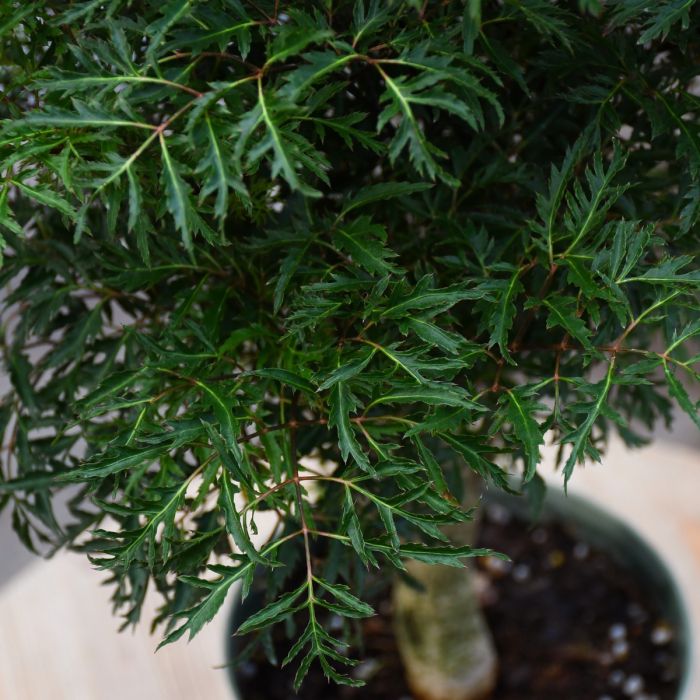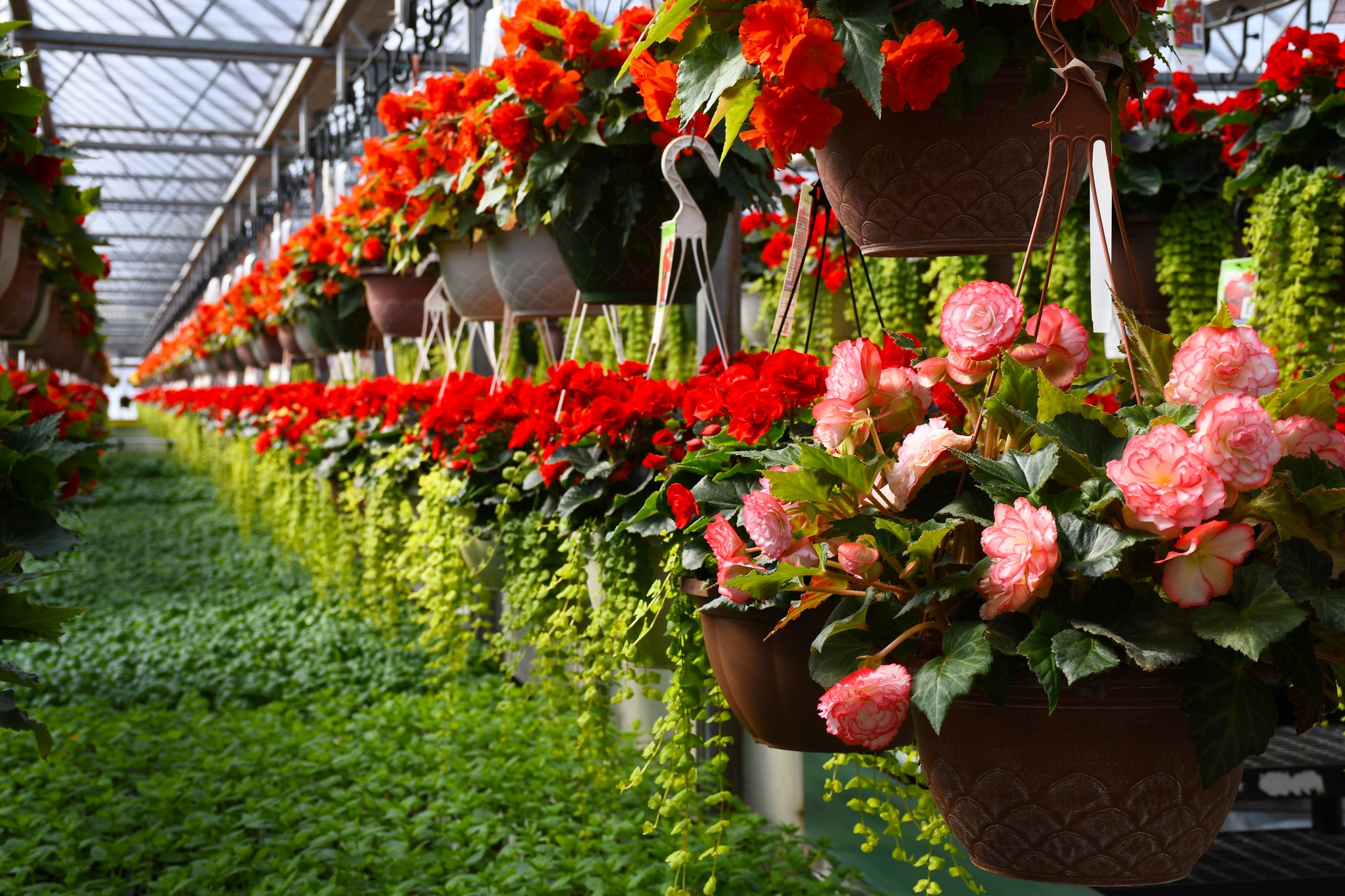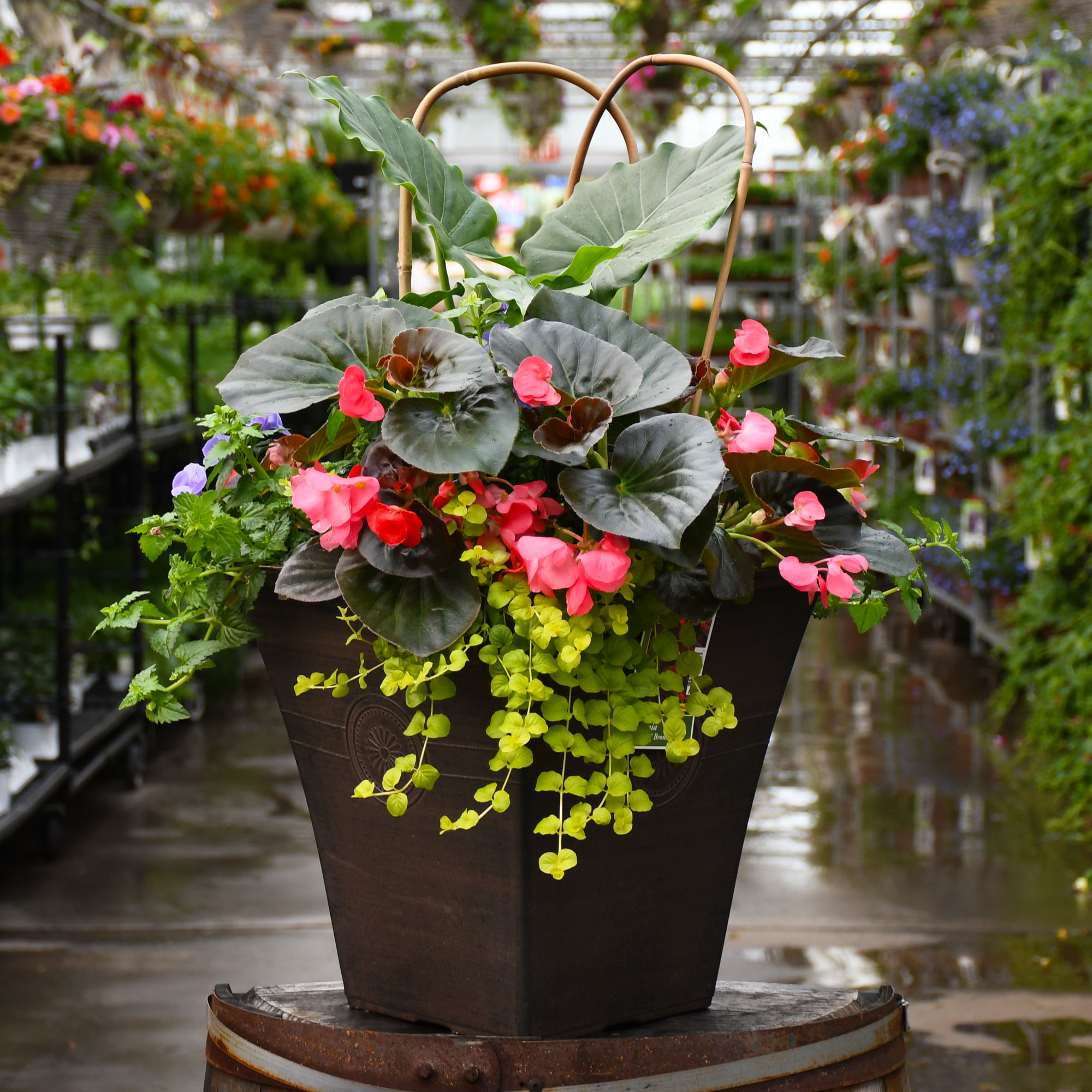Polyscias Fruticosa, Aralia 'Ming'


- Sun Preference
- Part-Sun
Description
Ming Aralia | Polyscias fruticosa
A very popular and easy to grow houseplant; should be placed in a filtered sun or bright light location, but avoid full sun; lacy compound leaves are glossy with a fine texture; an elegant indoor accent plant.Direct from the Grower
When you see the Gerten Grown logo on our annuals, you know you're getting a fresh plant directly from our greenhouse. We've been perfecting our growing process for over four generations and pride ourselves on providing local quality and freshness to our customers. Better pricing on better quality plant material, that's Gerten Grown.
Details
Ming Aralia's attractive deeply cut narrow compound leaves emerge light green, turning green in color throughout the year on a plant with an upright spreading habit of growth.
This is a dense multi-stemmed evergreen houseplant with an upright spreading habit of growth. Its extremely fine and delicate texture is quite ornamental and should be used to full effect. This plant can be pruned at any time to keep it looking its best.
When grown indoors, Ming Aralia can be expected to grow to be about 6 feet tall at maturity, with a spread of 3 feet. It grows at a slow rate, and under ideal conditions can be expected to live for approximately 20 years. This houseplant should be situated in a location that that gets indirect sunlight at most, although it will usually require a more brightly-lit environment than what artificial indoor lighting alone can provide. It prefers dry to average moisture levels with very well-drained soil, and may die if left in standing water for any length of time. This plant should be watered when the surface of the soil gets dry, and will need watering approximately once each week. Be aware that your particular watering schedule may vary depending on its location in the room, the pot size, plant size and other conditions; if in doubt, ask one of our experts in the store for advice. It is particular about its soil conditions, with a strong preference for rich, acidic soil. Contact the store for specific recommendations on pre-mixed potting soil for this plant.
There are many factors that will affect the ultimate height, spread and overall performance of a plant when grown indoors; among them, the size of the pot it's growing in, the amount of light it receives, watering frequency, the pruning regimen and repotting schedule. Use the information described here as a guideline only; individual performance can and will vary. Please contact the store to speak with one of our experts if you are interested in further details concerning recommendations on pot size, watering, pruning, repotting, etc.
-- THIS IS A HOUSEPLANT AND IS NOT MEANT TO SURVIVE THE WINTER OUTDOORS IN OUR CLIMATE --
More Information
| Sun Preference | Part-Sun |
|---|---|
| Plant Life Cycle | Annual |
| Mature Height (Range) | 61" - 72" |
| Mature Spread (Range) | 24" - 36" |


